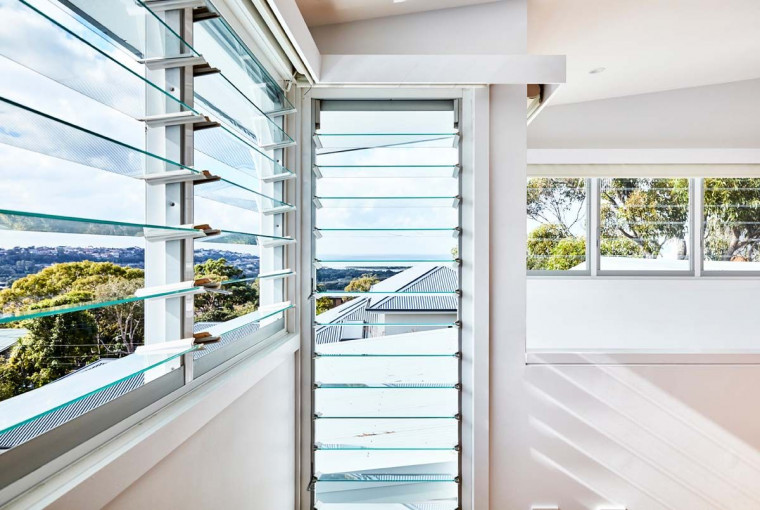With all the growing desire for sustainability as well as effectiveness, the usage of heat pumps has become a popular replacement for conventional warming methods. Heat pumps have revolutionized the way you use power in heating and cooling our homes, offices, and components. When standard furnaces or central heating boilers burn off gasoline to create heat, heat pumps shift heat from a spot to another making use of electrical power, causing them to be environmentally friendly and cost-effective. With this website, we discover the performance, advantages, and disadvantages of heat pumps that will help you make a knowledgeable home heating choice.
What exactly is a Heat Pump?
heat pump (värmepump) are air conditioning systems that are designed to transfer heat between your indoors and in the open air. They use a refrigeration routine to move heat externally on the on the inside of a creating throughout the winter season as well as the opposing during the summer time. During winter, a heat pump takes up heat through the outside oxygen and exchanges it indoors, when in summertime, it takes up interior heat and goes it outside, supplying temp control and luxury throughout every season.
Great things about Heat Pumps
Heat pumps have several positive aspects which have made them popular among homeowners and house programmers. First and foremost, they may be power-effective and can save as much as 50% in heating expenses when compared to standard home heating techniques like furnaces or central heating boilers. Moreover, heat pumps are flexible and will be positioned in any property, irrespective of sizing or spot. They give not only heating system but additionally cooling, dehumidifying, and air purification, making them an all-in-a single option for indoor comfort requires. And finally, heat pumps possess a longer life-span and are less vulnerable to deteriorating, with proper installing, routine maintenance, and repair.
Negatives of Heat Pumps
When heat pumps have quite a few positive aspects, they already have some disadvantages that could establish should they be appropriate for your warming demands. A single commonly known problem is simply because they need electric power, that may be a concern in regions with higher electrical energy rates. Additionally, heat pumps call for outdoor area to set up, which is often restricted in certain urban regions. And finally, heat pumps call for proper sizing, installing, and upkeep for optimal functionality, which can be costly and time-eating.
Kinds of Heat Pumps
Heat pumps are available in three versions: air flow-provider, floor-resource, and drinking water-resource heat pumps. Air flow-source heat pumps are the most prevalent, and they use backyard air flow as his or her heat supply. Ground-resource heat pumps, also called geothermal heat pumps, utilize the floor as their heat supply, when h2o-supply heat pumps work with a drinking water resource like a lake, river, or properly. Soil-provider and h2o-provider heat pumps will be more productive but are more expensive to set up and look after.
Bottom line:
Heat pumps have revolutionized the way you heat and funky our houses and attributes, using their vitality-efficient, eco-pleasant, and adaptable modern technology. Their numerous pros and couple of disadvantages make sure they are ideal for anybody who wants to save on heating costs minimizing their co2 footprint. As well, house owners and residence developers should look into the type of heat pump that is best suited for their heating demands, budget, and location. With correct sizing, installing, and routine maintenance, heat pumps may last up to two decades and offer indoors comfort and ease all year long. Hopefully this article has really helped you are aware of the effectiveness, positive aspects, and negatives of heat pumps making a well informed determination when selecting your heating system.


